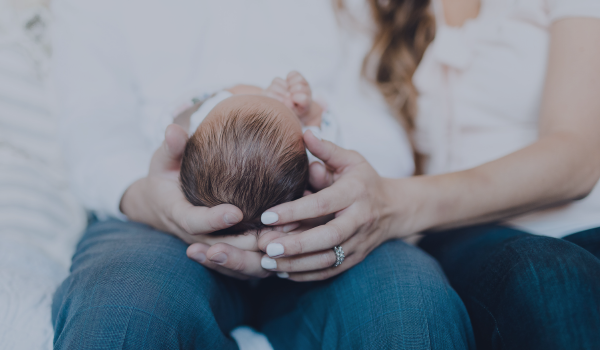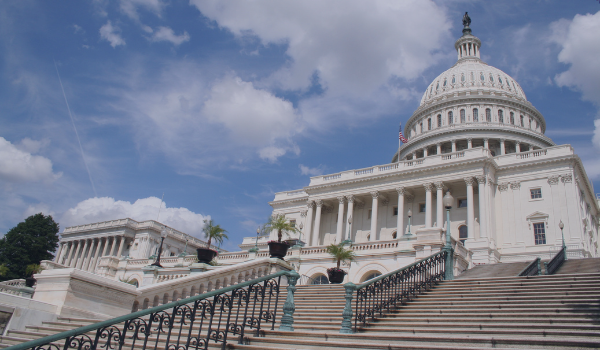Understanding the SECURE 2.0 Act’s Qualified Birth and Adoption Distributions (QBAD)
The SECURE 2.0 Act, signed into law by President Biden in December 2022, introduced several provisions aimed at encouraging Americans to save more for their retirement by building upon the foundation laid by the SECURE Act. Among the over 90 provisions in the SECURE 2.0 Act is section 311, which corrects what was perceived as an error in the SECURE Act regarding early distributions for qualified birth or adoption expenses.
The SECURE Act added section 72(t)(2)(H) to the Internal Revenue Code, which allows penalty-free distributions from qualified retirement plans for Qualified Birth or Adoption Distributions (QBADs). The provision also permits the repayment of QBADs to the plan, which enables the plan participant to recoup taxes paid at the time of the QBAD. The problem with the SECURE Act is that it failed to specify the time period in which the repayment of a QBAD must be made. The SECURE 2.0 Act addressed this problem by providing that the repayment of QBADs must be made within three years of the date upon which the QBAD was received. The changes made by the SECURE 2.0 Act apply to QBADs made after December 29, 2022. QBADs made before the effective date of the SECURE 2.0 Act must be repaid before January 1, 2026.
In this article, we’ll explore the details of the QBAD provision and discuss some of the considerations behind the changes made by the SECURE Act and the SECURE 2.0 Act.
-
Financial Support:
Welcoming a new family member, whether through birth or adoption, often brings significant expenses, from medical bills and childcare to adoption fees and nursery setup. QBAD provides a lifeline, allowing parents to access a portion of their retirement savings without incurring penalties, helping them manage these initial financial burdens effectively.
-
No Penalties:
QBAD withdrawals are exempt from the early withdrawal penalty, making it an attractive option for those in need of extra funds. Ordinarily, early withdrawals from retirement accounts are subject to a 10% penalty in addition to income taxes. However, under QBAD, these penalties are waived. This exemption from penalties is a considerable relief for families in need of financial assistance during the crucial stages of welcoming a new child into their lives.
-
Retirement Security:
While QBAD allows for early withdrawals, the ability to repay the funds over time ensures that individuals can continue saving for their retirement without significantly impacting their long-term financial security. The SECURE 2.0 Act recognizes the importance of maintaining long-term financial stability, even as it provides a safety net for short-term needs. By allowing individuals to repay the distributed funds over three years, the Act ensures that the impact on retirement savings is manageable. This not only safeguards the individual’s financial future but also aligns with the Act’s core goal of enhancing overall retirement security in the United States.
SECURE Act Provisions
Under the SECURE Act, individuals are allowed to take distributions from their retirement plans, such as a 401(k) or governmental 457(b) plan, to cover qualified birth and adoption expenses. Here’s a closer look at how this provision works:
Eligibility and Withdrawal Limits:
- Eligibility: The provision allows individuals to withdraw up to $5,000 for each qualified birth or adoption event without incurring the typical 10% early withdrawal penalty, which usually applies to distributions made before reaching the age of 59 1/2.
- Repayment: Any prior distributions taken for qualified birth or adoption expenses under the SECURE Act may be repaid before January 1, 2026. If repaid, these distributions will be treated as a tax-free rollover, and any taxes paid could be refunded to the taxpayer. Distributions taken after the effective date of SECURE 2.0 may be repaid within three years.
Multiple Births:
In the case of multiple births, such as twins or triplets, the Act treats each birth as a separate event. This means that for twins, married participants can withdraw up to $10,000, provided they meet the eligibility criteria for each birth.
Timing and Submission:
Distributions for qualified birth or adoption expenses must be taken within one year of the event. To submit a withdrawal request, individuals must contact their retirement plan administrator, who will guide them through the process.
Conditions and Considerations:
While the SECURE Act offers a helpful option for individuals to cover significant expenses related to the birth or adoption of a child, there are specific conditions and considerations to keep in mind:
- Repayment Deadline: Distributions received before or on December 29, 2022, can be repaid by December 31, 2025. Distributions received after December 31, 2022, can be repaid within three years of the date of the distribution.
- Eligible Birth or Adoption: Qualified adoptions include the legal adoption of a child under the age of 18 or a physically or mentally disabled individual, who is incapable of self-support, as defined under IRC section 72(m)(7). However, the child should not be the individual’s stepchild to qualify for the provision.
- Inflation Indexing: It’s essential to note that the withdrawal limit of $5,000 is not indexed for inflation and may remain constant over time.
- Exclusion in Puerto Rico: The benefit is not available for retirement plans in Puerto Rico.
- Plan Discretion: While the SECURE Act allows for qualified birth and adoption distributions, it’s important to understand that retirement plans are not required to offer this distribution option. However, if a plan does permit QBAD distributions, it must also allow for the repayment of such distributions if the participant is otherwise eligible to make rollover contributions. Eligible plans include 401(a), 401(k), 403(b), governmental 457(b) plans and traditional IRAs.
Conclusion
The Qualified Birth and Adoption Distributions (QBAD) under the SECURE Act are a positive step toward recognizing and supporting individuals’ evolving financial needs during significant life events. It provides a safety net for covering qualified birth and adoption expenses, promoting financial flexibility without the 10% early withdrawal penalty.
As with any financial decision, individuals should consider their unique circumstances and consult with financial advisors or tax professionals to ensure that this provision aligns with their overall financial strategy and goals. It’s essential to understand the eligibility criteria, repayment deadlines, and other conditions to make the most of this valuable benefit under the SECURE Act and the SECURE 2.0 Act.
In summary, QBAD is a valuable provision that not only offers immediate financial relief but also supports families in managing their finances during significant life events. It exemplifies the commitment of both the SECURE Act and the SECURE2.0 Act to recognizing the evolving financial needs of individuals and families, promoting responsible financial planning, and ensuring retirement security while celebrating the joys of new family members.
For more information about the Secure Act 2.0, read our previous articles here. Or contact a Retirement Professional at RMC Group at 239-298-8210 or rmc@rmcgp.com.



